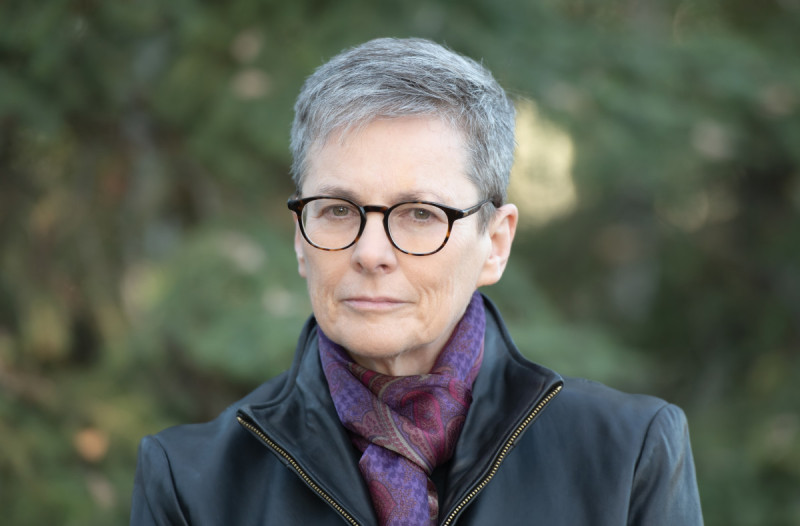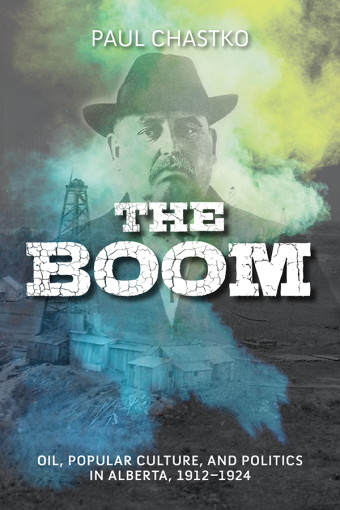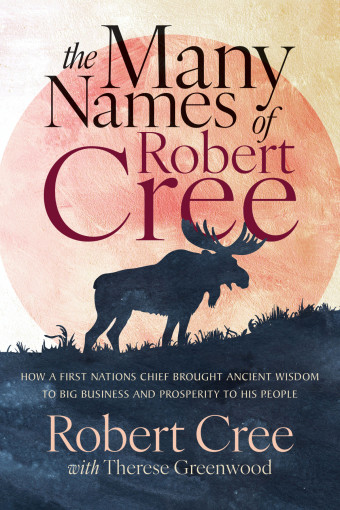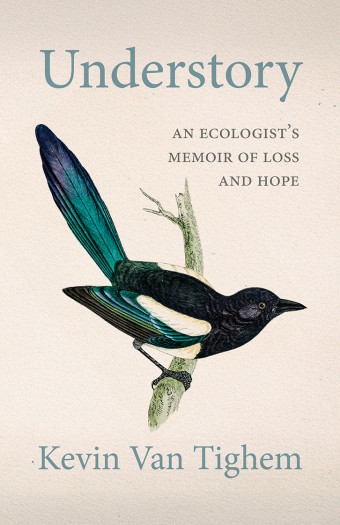Imagine you’ve got 15 minutes to pack. This isn’t, however, a last-minute vacation down south. This is an emergency evacuation that might last mere hours. But, it could be days, weeks, or months. It might also be the last time you see your house and everything in it. So, what treasured belongings do you bring?
This was what Therese Greenwood and the other residents of Fort McMurray faced in 2016 when a wildfire threatened – and ultimately tore through – their town, their homes, and their lives.

- What You Take with You
- Therese Greenwood
- The University of Alberta Press
- $24.99 Paperback, 160 pages
- ISBN: 978-17-72124-49-1
In her memoir What You Take with You: Wildfire, Family and the Road Home, about the largest natural disaster of its kind in Canada, Greenwood begins with the moment she realized she needed to pack up her life and get on the road to safety.
Having previously worked for emergency management teams, Greenwood always had a go-bag at the ready, filled with 72 hours’ worth of necessities. This meant she had a little more time to focus on personal items.
“While the go-bag was a logical collection of things I would need, the personal stuff I took seemed random,” Greenwood says. “Later on, I kept asking myself, why did I take some objects – a rolling pin and a plaster saint and a mirror? Why didn’t I take the espresso maker, which I missed every day?”
The book follows Greenwood as she and her husband flee the fire, spending hours in an overheated car at a standstill, and then finally making it onto “Suicide 63,” the highway to Edmonton that is dangerous at the best of times.
“Smoke was everywhere, ash drifting down, a line of cars on the road as far as the eye could see, and vehicles abandoned on the roadside where they ran out of gas,” Greenwood says. “Every time I turned a corner, I saw something new: the hospital being evacuated, flames coming down a hillside, houses burning with no fire trucks in sight.”
The story of their evacuation is structured around the “random” objects Greenwood packed – a quilt made by her mother-in-law, her father’s two guitars, her storytelling grandfather’s sleigh bells, to name a few – objects that were, in effect, ghosts, carrying memories of people who had “gone on ahead.”

“When I started to think about it,” Greenwood says, “I realized how much power was in those objects and my memories of the people associated with them.”
And so, interwoven with the story of dramatic escape, is the history of a family, and a discovery of how memories thought long buried can surface.
Ultimately, the book is about people, not objects, and how they lend their strength, even if only through memories, to get her through.
“I want others to see the city as I do – a family town full of complex and interesting people,” Greenwood says. “I also wanted to celebrate my family and friends, who helped me through what insurance companies call ‘a total loss event.’
“And if anything I wrote helps someone feel a little less alone as they struggle with a loss, that makes my story worth sharing.”













